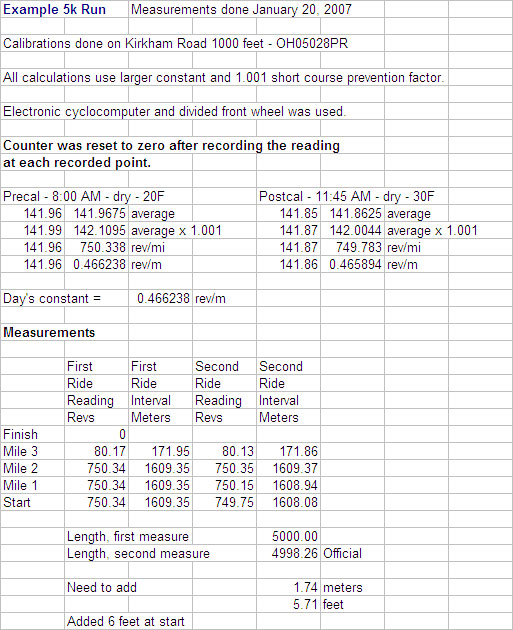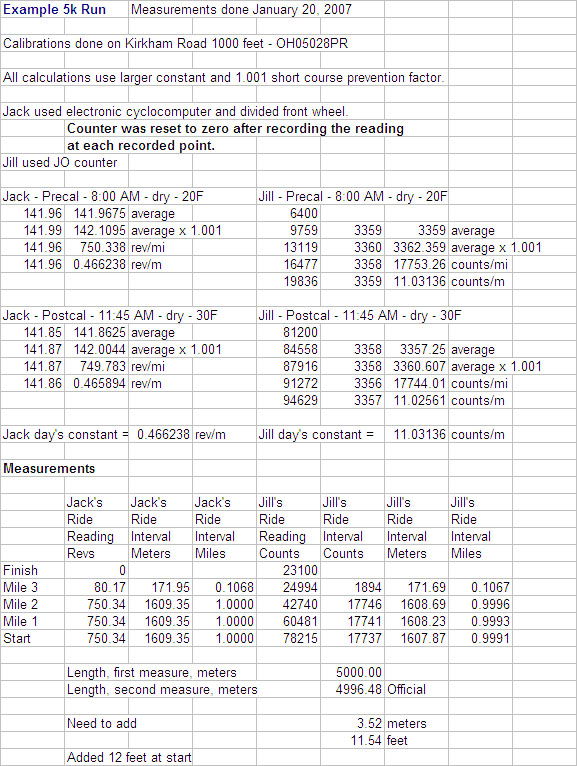To avoid mistakes and confusion, I ALWAYS reset my counter to zero after recording a reading.
Although nobody checks my work I feel obliged to write it up in a way that I think is understandable. I send a copy to the person I'm measuring for. It keeps me honest. An example is shown below:

Above has been edited to revise the data presentation to visibly include the 1.001

